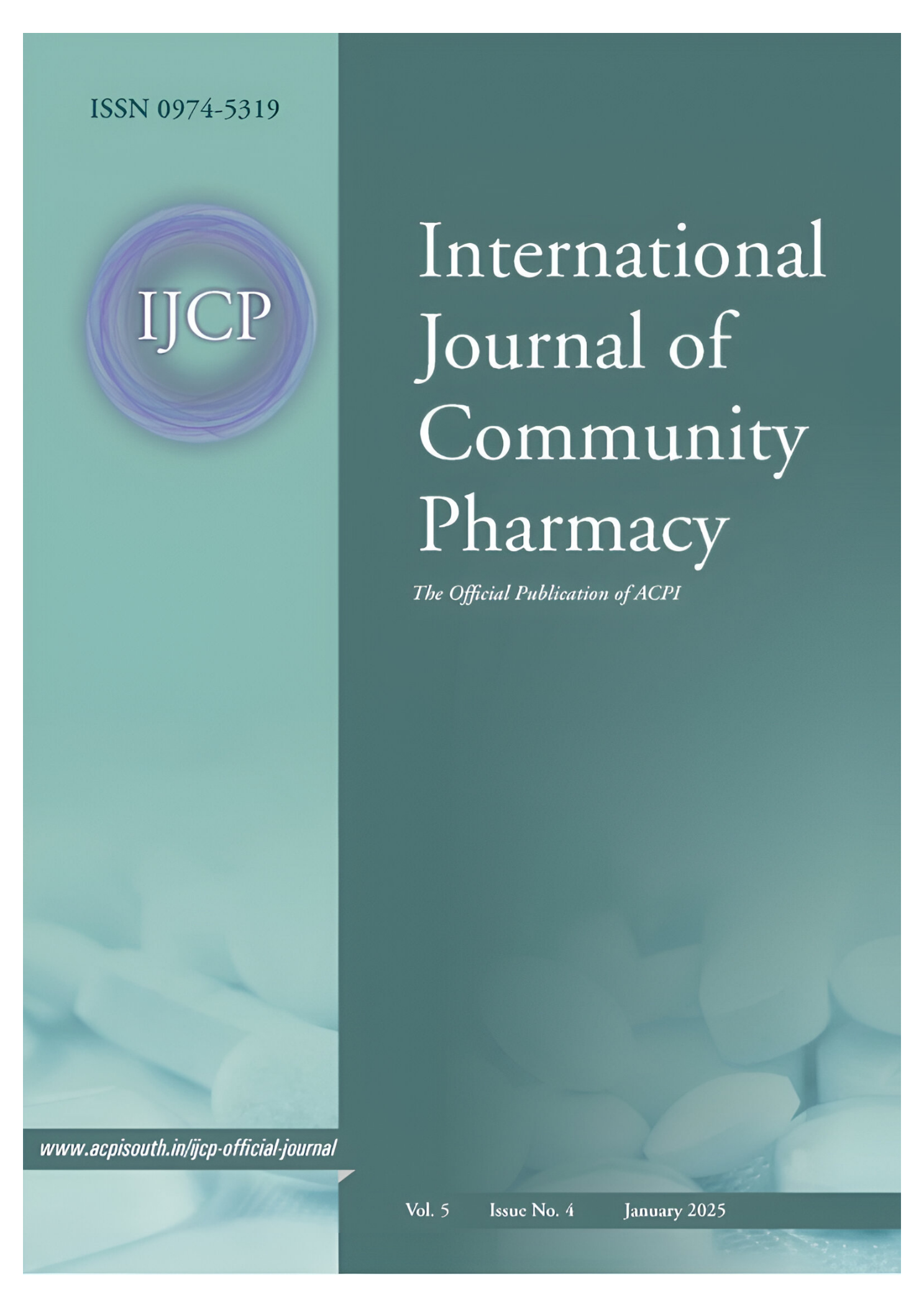A Systematic Review of Pharmacovigilance and Adverse Drug Reaction
##plugins.themes.bootstrap3.article.main##
Authors
Abstract
The history of pharmacovigilance started back 169 years ago with the death of a 15- year-old girl, Hannah Greener. However, the Thalidomide incident of 1961 brought a sharp change in the pharmacovigilance process, with adverse drug reaction reporting being systematic, spontaneous, and regulated timely. Therefore, continuous monitoring of marketed drugs was essential to ensure the safety of public health. Any observed adverse drug reaction detected by signals was to be reported by the health profession. Moreover, signal detection became the primary goal of pharmacovigilance based on reported cases. Among various methods used for signal detection, the Spontaneous Reporting System was most widely preferred; although, it had the limitation of "underreporting". Gradually, the World Health Organization Collaborating Centre and "Uppsala Monitoring Centre" were established in 1978 for international monitoring of drugs. The center was responsible for operating various databases like vigiflow, vigibase, vigilyze, and vigiaccess. Recently, huge data could be generated through spontaneous reporting linked with computational methods, such as Bayesian Framework, ESynthesis. Furthermore, drug safety surveillance at an early stage prior to the official alerts or regulatory changes was made possible through social media. In addition, India created a National Pharmacovigilance Program, and Schedule Y of the Drug and Cosmetic Act 1945 was reviewed and amended in 2005



